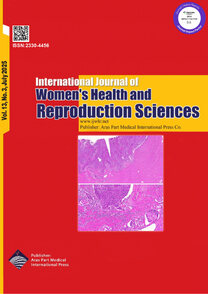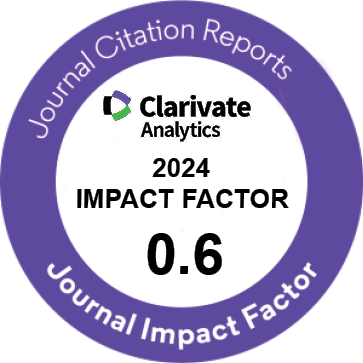| Original Article | |
| Endometrial Scratching Effect on Pregnancy Rate in Intrauterine Insemination Cycles: A Randomized Controlled Trial | |
| Mina Naghi Jafarabadi1, Maryam Bagheri2, Zahra Ebrahimi3, Mamak Shariat4, Fedyeh Haghollahi5 | |
| 1Vali-Asr Reproductive Health Research Center, Tehran University of Medical Sciences, Tehran, Iran 2Department of Reproductive Health, School of Nursing and Midwifery, Tehran University of Medical Sciences, Tehran, Iran 3Ziaeian Hospital, Tehran University of Medical Sciences. Tehran, Iran 4Family Health Institute, Maternal-Fetal and Neonatal Research Center, Tehran University of Medical Sciences, Tehran, Iran 5Reproductive Health Research Center, Tehran University of Medical Sciences Tehran, Iran |
|
|
IJWHR 2020; 8: 085-089 DOI: 10.15296/ijwhr.2020.12 Viewed : 4122 times Downloaded : 2938 times. Keywords : Infertility, Pregnancy, Endometrial receptivity, Endometrial scratching |
|
| Full Text(PDF) | Related Articles | |
| Abstract | |
Objectives: This study was aimed to examine the endometrial scratch injury effect to improve pregnancy rate in women undergoing intrauterine insemination (IUI). Materials and Methods: This randomized controlled clinical trial was conducted in a University Clinic from November 2017 to January 2019. A total of 120 candidates entered the study, who were assigned to intervention (n=60) and control (n=60) groups. All subjects underwent controlled ovarian stimulation using letrozole 2.5 mg/BD on a day between 3 and 7 of the cycle. Then, the sonographic monitoring was started from day 8 of the cycles, followed by injecting human chorionic gonadotropins (HCG) 100001U intramuscularly when 1-2 follicles reached 18 mm in diameter. Approximately 36-38 hours afterward, IUI was done and a B-HCG test was performed after 15 days as well. In addition, luteal phase support was performed with the vaginal progesterone 400 mg twice daily for 15 days. In the intervention group, on day 3 of the cycle endometrial cavity on the posterior wall was scratched with the vaginal cannula No. 4 by a single infertility specialist in addition to the routine procedure. The chemical and clinical pregnancy rates were the main outcome measurements. Results: The overall clinical pregnancy rates were 11/59 (18.6%) and 10/59 (16.9%) in intervention and control groups, respectively (P=0.810). Further, the abortion rates were 1/59 (1.7%) and 3/59 (5.1%) in intervention and control groups, respectively (P=0.303). Eventually, no cases of ectopic pregnancy were observed in either group. Conclusions: Based on the findings of this study, endometrial scratch by pipelle cannot improve pregnancy rate in the early proliferative phase. |
Cite By, Google Scholar
Google Scholar
PubMed
Online Submission System
 IJWHR ENDNOTE ® Style
IJWHR ENDNOTE ® Style
 Tutorials
Tutorials
 Publication Charge
Women's Reproductive Health Research Center
About Journal
Publication Charge
Women's Reproductive Health Research Center
About Journal
Aras Part Medical International Press Editor-in-Chief
Arash Khaki
Mertihan Kurdoglu Deputy Editor
Zafer Akan























